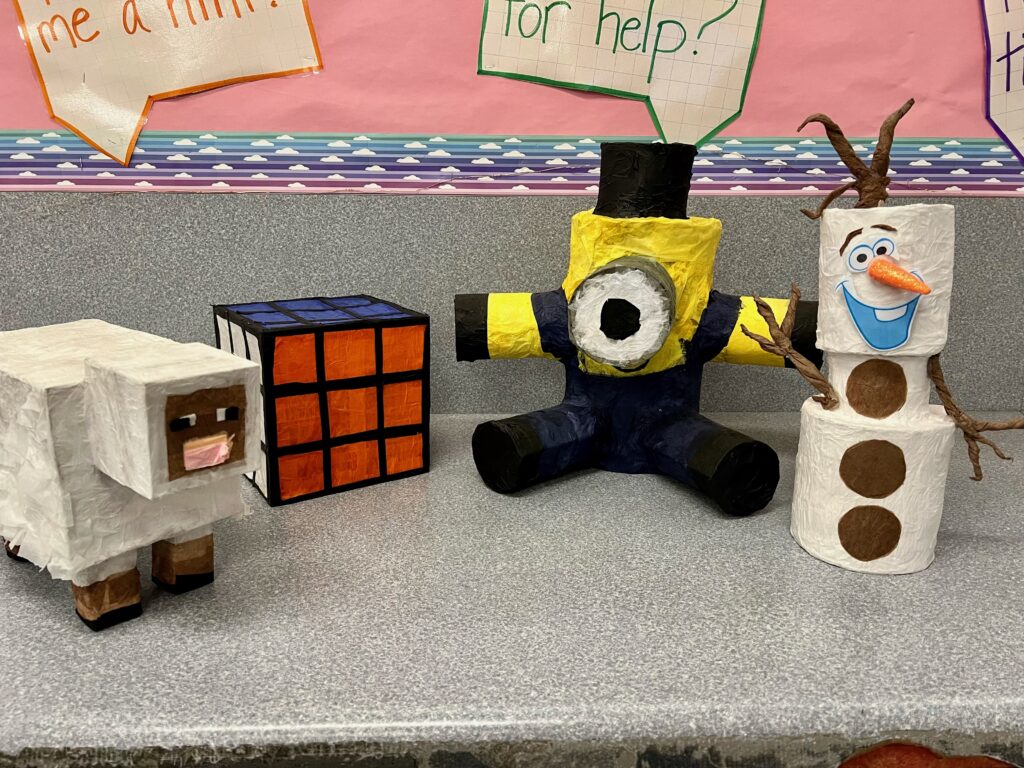
San Diego State University, Hilltop Way.
Credit: Jazlyn Dieguez / EdSource
In my junior year of high school, I walked up to the batter’s box at Oracle Park — the same field where I’d watched the San Francisco Giants play countless times. It was the high school city championship game, and we were playing our rivals, George Washington High School. Taking a deep breath and whispering a quick prayer, I stepped in and looked at the pitcher on the mound — my twin sister.
This was our second time facing off in the San Francisco City Championship. After losing to her the year before, I wanted nothing more than to win.

My twin sister, Isabella, and I have been competitive for as long as I can remember. As twins, we were always grouped together, which fueled our rivalry. If we were wearing similar clothes, one of us would have to change.
As we entered elementary school, that competitiveness followed us. Although Isabella and I went to the same school, we always had different teachers, assignments and friends. We would compare test scores and how many books we had read in a month.
However, something changed when Isabella started playing on my Little League baseball team. Besides being the older twin, if there was one thing I was comparatively better at, it was baseball. I could hit the ball further than Isabella could, and throw the ball faster, too.
Under normal circumstances, I’d have flaunted that.
But this time, we were more than simply grouped together. We were on the same team. If Isabella got a hit, I was the loudest in the dugout. I’d permit banter from our teammates, but if they talked about her skills because she was a girl, I was the first one to defend her. I loved knowing that after school, we would go through the same things as teammates and share the same stories about teammates and games at dinner.
Our competitive rivalry was put to the test when we started applying to high schools.
In seventh and eighth grade, getting into Lowell High School in San Francisco was our primary goal. We were awed by its reputation as the only merit-based public high school in the city, which to us was the golden ticket of prestige.
I thought that getting into Lowell would give me gratification, but when I was accepted and Isabella wasn’t, all pride drained out of me as I realized I wasn’t going to be at the same high school as my twin sister.
When I walked in the front doors at Lowell, realizing how big it was and how alone I felt, I cared nothing about winning at that moment. I just wanted to be on the same team as my sister again.
I knew how much Isabella wanted to go to Lowell, and with Lowell’s merit-based admissions, I knew she viewed herself as less capable than I was.
But from what I observed, Isabella never let that stop her.
When she joined the baseball team at Washington as the only girl, all I wanted was to see her succeed. Because of our competitiveness throughout our childhood, I knew how hard she worked, and it was something I wanted to emulate every single day. If she was going to excel, I wanted to do the same.
I realized that the pride from our childhood had been replaced by an instinct to help each other when we were down.
One night, I broke down from the stress of my work and college applications at Lowell. I remember walking down the stairs to go on a walk, crying out of frustration when Isabella walked out of her door and asked me if I was OK.
So, when I stepped into the batter’s box against Isabella, the first girl to be the starting pitcher in a San Francisco Section championship on May 18, 2023, I couldn’t help but be proud of her. And when we talked about the game the next day, it didn’t matter that my team had won. I couldn’t get over the fact that my sister was the coolest person I knew.
Today, Isabella and I go to college on opposite sides of the country.
And every day, I think about how she never gave up when she was rejected, and if she can do it, then why can’t I?
In high school, I thought that going to different schools would mean I would lose my sister, but I know that no matter what we talk about and how different our lives become, it will always feel like we are in the same uniform, watching each other in the batter’s box with smiles on our faces.
•••
Roman Fong is a first-year journalism and sociology major at San Diego State University and a member of EdSource’s California Student Journalism Corps.
The opinions expressed in this commentary represent those of the author. EdSource welcomes commentaries representing diverse points of view. If you would like to submit a commentary, please review our guidelines and contact us.


